We recently had the chance to sit down with Shirley Crane, an educator from Katherine, NT. Shirley grew up in far north Queensland and has spent a large part of her career working with remote Aboriginal communities. Her deep understanding of Aboriginal culture gives her a unique perspective on the challenges these communities face today.
In this video, Shirley raises some interesting questions about the origins and cultural relevance of 'Welcome to Country' ceremonies. Shirley shares conversations with various Aboriginal individuals who don't see the 'Welcome to Country' ceremony as part of their traditional cultural experience. This makes us wonder: where did this ceremony actually come from, and how did it become such a common practice?
The story goes back to the mid-1970s, when Ernie Dingo and Richard Walley, two Aboriginal comedians, introduced the ceremony because a group of Cook Island and Maori dancers wouldn’t perform without a ceremonial welcome. This moment sparked the creation of what we now know as the Welcome to Country ceremony, but it's important to note that it may not have deep traditional roots like many believe.
Shirley explains that Aboriginal culture is incredibly diverse, with each tribe having its own customs and languages. While corroborees and other traditional ceremonies are well-known, a Welcome to Country isn't something she has encountered in her extensive experience working in Aboriginal communities. This raises an important point — if the ceremony started with a specific tribe, it might not resonate with others who have different cultural practices.
This brings us to a crucial question about authenticity and relevance. If the Welcome to Country has roots in a particular tribe, it may not hold the same significance for other tribes with entirely different traditions and language. Understanding these nuances is key to respecting the rich tapestry of Aboriginal cultures.
As Shirley suggests, maybe it's time to ask Ernie Dingo about the origins of the ceremony and start an open conversation about its place in contemporary Aboriginal culture. By having these discussions, we can gain a deeper understanding and respect for the diverse cultural landscapes within Aboriginal heritage.




